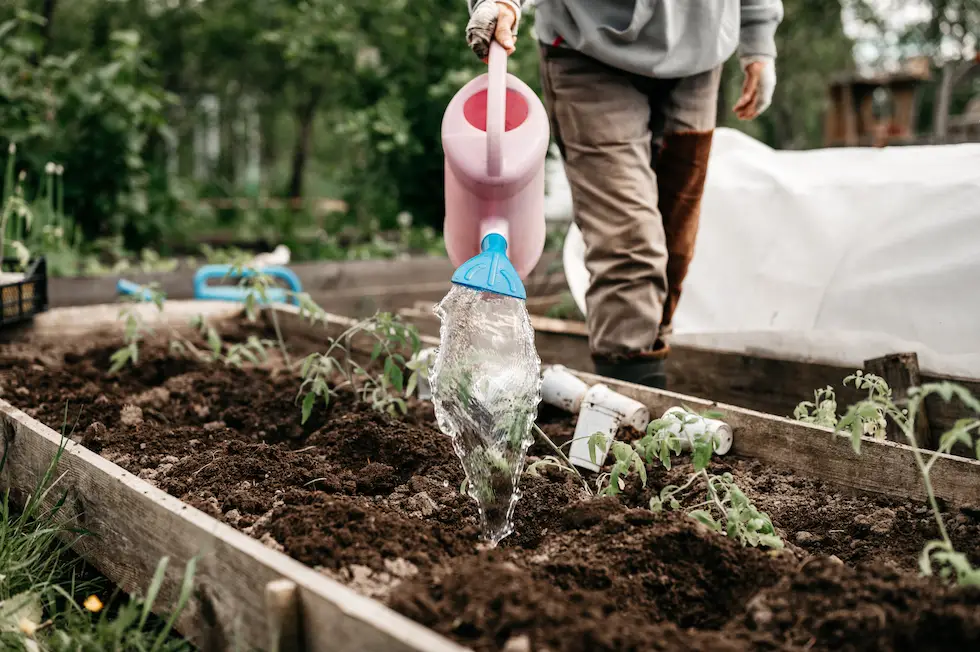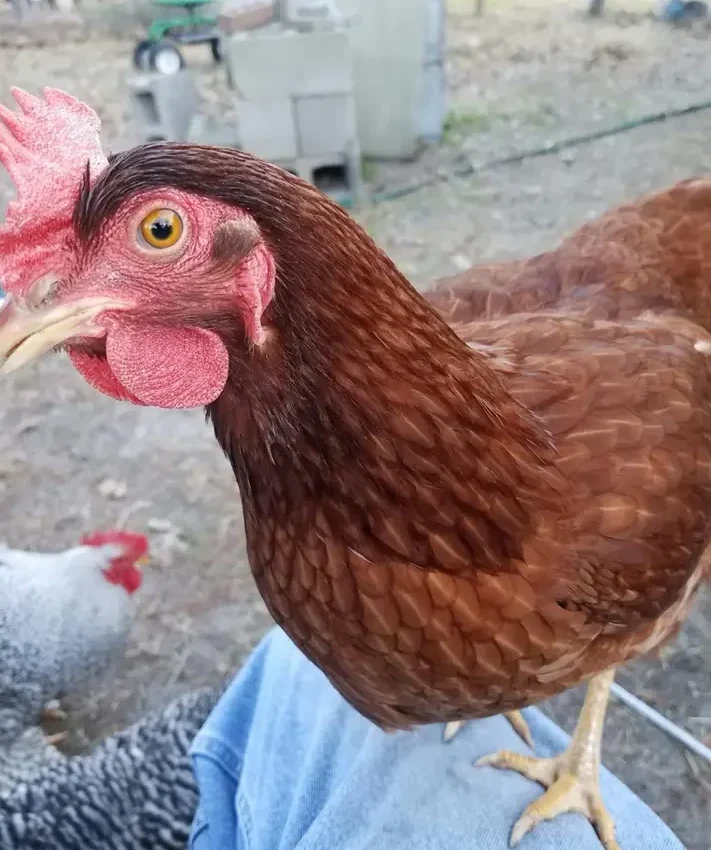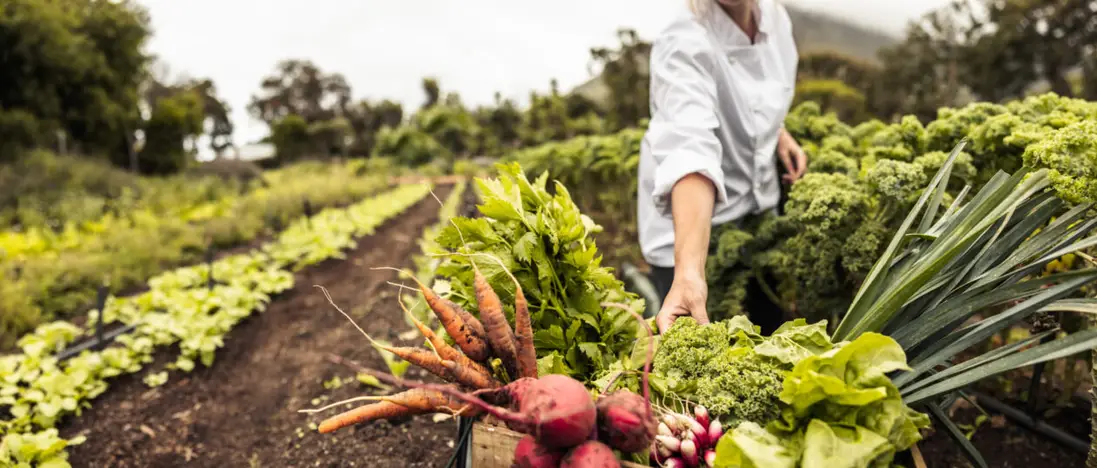Back to the Basics with Laura
Explore our down-home, homestead in southeastern Georgia. We share recipes, natural cleaning, organic beauty/health, DIY’s, gardening, and our day-to-day small farm living. Share the Love…

This post may contain affiliate links. If you click on a link and make a purchase I may receive commission. Thank you for supporting this site.

Raising Chickens For Beginners
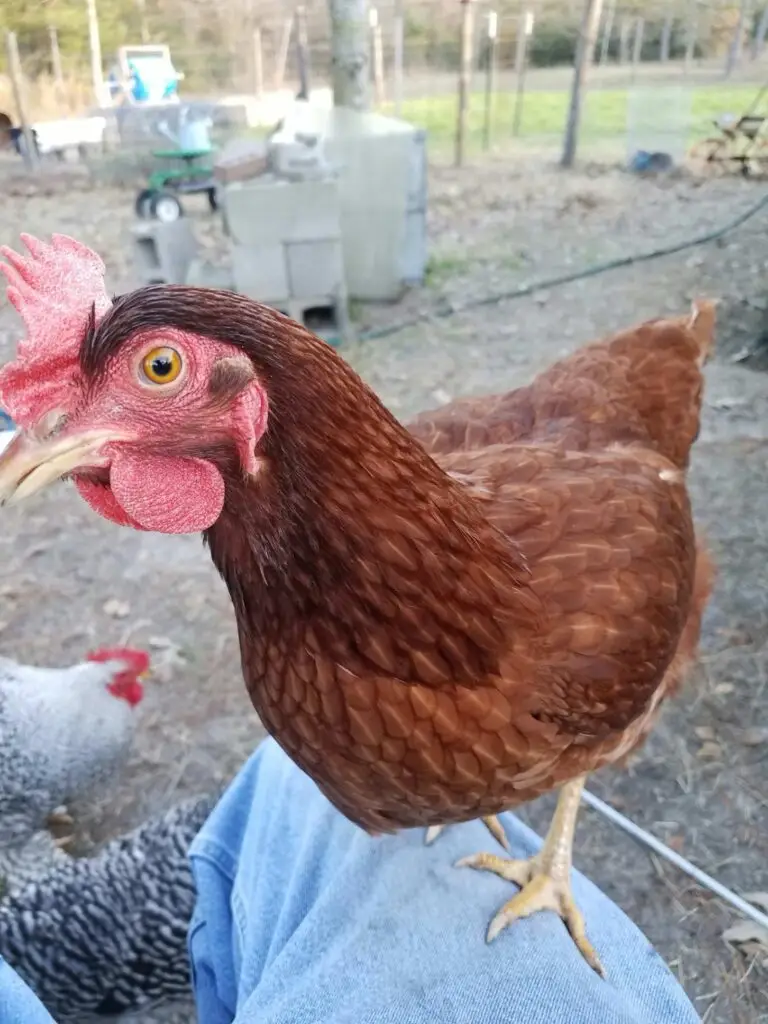
So, You Want Chickens?
Raising Chickens: Fresh Eggs Right at Home
When we decided to get back to the basics on the homestead, chickens were the first animals we had on the farm. Boy, they sure are entertaining pets to own (like all our other animals!). The chickens have been a blessing in our lives and provide us with lots of enjoyment. I cannot imagine life here on the farm without them.
Keeping chickens is rewarding, therapeutic, fun, and sometimes nerve-wracking for newbies or experts! There is tons of information on the web, and it can seem overwhelming. My goal is to keep it simple for first-timers to enjoy the joy of raising chickens.
But before you dive in, you need to plan for their daily care, housing, and what to do when you’re not around. If you’re starting with baby chicks, the journey begins even earlier! Here’s everything you need to know to raise happy, healthy chickens from day one.
What Are Your Goals?
- Why do you want to raise chickens? For eggs, meat, pleasure?
- Do you want to hatch baby chicks?
- If I’m raising the chickens for meat production or have to reduce the flock size, who and how do I cull my birds?
- Are you prepared to attend to them daily? It requires some effort!
- Where will you keep them, and where will they roam and sleep?
- Who will look after them when you are not available?
Why Do You Want to Raise Chickens?
Before bringing home your first chicks, decide what your goals are. This will help you choose the right breeds and setup.
- Egg Production – If you want fresh eggs, look for prolific layers like Rhode Island Reds, Leghorns, or Australorps. A small flock of 4-6 hens can supply a family with eggs year-round. Then you have “Easter Eggers,” Americanas who lay different colored eggs ranging from shades of blue to green and even pink.
- Meat Production—Meat breeds like Cornish Cross or Freedom Rangers grow quickly and are typically raised for a few months before processing. When it comes to processing, are you going to do it yourself or have someone do it? Trust me, doing it yourself is much cheaper.
- Companionship & Pest Control – Some people keep chickens just for fun! Breeds like Silkies, Cochins, and Orpingtons are known for their friendly personalities and can help control bugs in your yard.
Egg Production
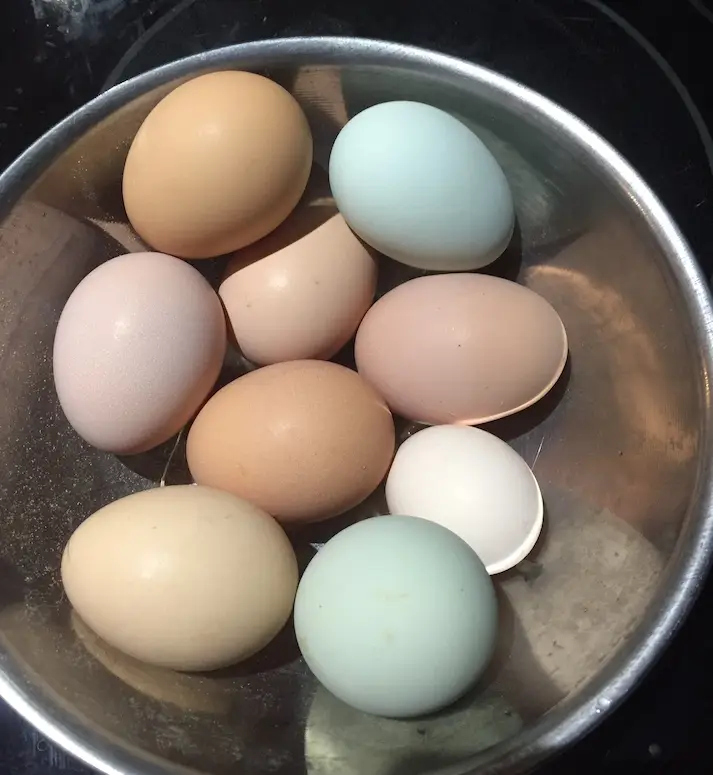
We have had chickens, both large and small breeds, on our homestead for over 15 years.If you eat eggs, there’s nothing better than collecting fresh ones straight from your backyard. The breeds listed below are only the ones we have had experience with.
Large Breeds
- Road Island Reds
- Ameraucana (because I like the pretty colored eggs)
- Delawares
- New Hampshires
- Cochins (large breed)
- Polish hens (I would call Pom Pom girls)
- Maran
- Old English Game Rooster (that lived for 11 years and was very docile)
Small Breeds
- Red Cochins bantams
- Dutch bantams
- Seramas
- Sebrights
- Booted bantams
- Frizzins
- Millies
Yes, we love the littles too. Needless to say, we have had up to 65 chickens, not counting the other animals. I had a beautiful mix of colored eggs and egg shapes and sizes. Yes, I did say shape.
Laying Habits
Next, I have listed the laying habits of all the breeds we have experience with, both large and small. I can only speak for the birds I have owned.
- Rhodes Island Reds (light brown—large) are prolific egg-laying, with the potential to lay around 250-300 eggs per year. Reds are the most consistent layers.
- New Hampshires (brown-large) are consistent as well, laying about 170-200 eggs per year.
- Delawares (brown, large-jumbo) are reliable layers that yield around 200 to 275 eggs, which is about four eggs in four days.
- Marans (lay dark brown or chocolate colored eggs- large) 3-4 eggs per week, or about 150-200 eggs per year. Maran’s eggs are absolutely beautiful.
- Ameraucanas (Easter Eggers-large) laying about 3-4 per week or about 150-200 eggs per year. These hens lay eggs anywhere from blue to green, and some lay pink. Like the Marans, these eggs are absolutely beautiful.
- Cochins (light brown tinted-medium/large). These hens lay about 3-4 per week or about 150-200 eggs yearly. These eggs are brown-tinted, so they may look pink.
- Polish (white-medium/large) hens typically lay 150-200 medium—to large white eggs per year, or about 2-4 eggs per week.
- Bantams- Many bantam breeds are not as productive layers as their large-fowl counterparts. Since bantams are smaller than standard-size chickens, their eggs are also smaller. About three bantam eggs equal two standard-size chicken eggs. Bantam hens can lay between 50 and 200 eggs per year. Miniature bantam breeds are better layers than true bantam breeds.
This gives you some idea about egg production if that is your goal.
Egg Production Disclaimer
Do not expect to get chicks from a local feed and seed store like Tractor Supply; expect to have eggs immediately. I say this because I have read people’s questions and comments on different chat groups about expecting eggs immediately. It can take between 20 and 26 weeks of age (depending on the breed) before they begin laying eggs. Eggs will be small in young birds, and some will get bigger once the bird matures.
- Molting: Chickens may temporarily stop laying eggs during molt, usually as daylight decreases.
- Laying Decline: As chickens age, their egg production naturally slows each year.
- Rooster Needed: You do not need a rooster for your girls to lay eggs. However, you will need a rooster to fertilize the eggs if you want chicks. Roosters are also beneficial as protectors of your hens. How many roosters do you need? It’s usually 10-22 hens per one rooster. I will talk about roosters and chicks later.
- Red Light: One year, my husband decided to put lights in the chicken house. So, we left the red lights on through the winter months and fed the birds a top-notch scratch mix—I will go into that last in the post–the girls laid all winter.
If egg production is your goal, do the research.
Hatching Chicks
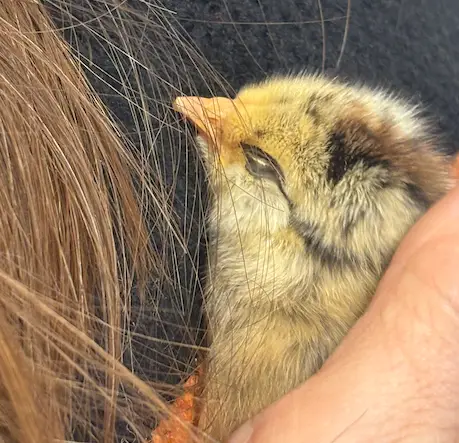
Hatching chicks can be one of the most exciting parts of raising chickens. There is something magical about seeing a tiny chick break through a shell. If hatching eggs is your goal, there are a few things you will need to know. Whether you’re using a Broody hen or an incubator, there are a few important things to know before you begin.
Roosters
If you plan on having baby chicks, you will need a rooster to fertilize the eggs. You will only need approximately one rooster for every 10-22 hens, which is a healthy ratio. Too many roosters can stress the hens, affect laying, and affect the hens’ health.
Broody Hens Versus an Incubator
The broody hen method requires a hen that has gone broody. Meaning she wants to sit on eggs. Not all breeds become broody; some, like Rhodes Island Reds, may not have interest. This doesn’t mean you would never have a Rhode Island Red go broody; it’s not common for the breed. Some breeds, like Orpingtons, Cochins, Silkies, and most bantams, are known for their strong maternal instincts. Out of all my hens, the Bantams have been mostly the ones to go broody. Bantams are excellent mothers.
If you are using a broody hen to incubate the eggs, you will need to;
- Provide a quiet, safe nesting place away from the rest of the flock and safe from predators. We have a separate pin about a 5×3 (that’s just what my husband built) that is wired and sealed from any predators. We give her a nesting box, food, and water. She will get up to eat and drink when she needs to.
- Mark any fertilized eggs she will be sitting on (usually 6-12) and remove any extras she tries to hoard. We have used our bantams to hatch other breeds, so we may gather eggs for a few days and give them to her to sit on.
- Let her do her job–she’ll turn the eggs and keep them warm. The chick should hatch in around 21 days. There is something magical about this because when it’s time for the eggs to hatch, they all will in just a few days of each other.
- You will want to candle the eggs, allowing you to check on the development early on. Learn more about candling eggs.
The Incubator method involves using an incubator to hatch fertilized eggs. The incubator lets you control the temperature and humidity of the eggs.
- Set your incubator to 99.5° F with a humidity to 40-50% for the first 18 days.
- Turn the eggs 3-5 times a day (unless your incubator does it automatically)
- On day 18, stop turning the eggs and raise the humidity to 65-70% to help the chicks to hatch.
- By day 21 (give or take), you’ll hear peeping and see cracks–then the fun begins.
After Hatching
No matter if hatching by hen, incubator, or buying chicks make sure to keep your chicks warm but not overheating—if chicks huddle together, they’re too cold; if they scatter away from the heat, it’s too hot.
Brooder
Once the chicks have hatched, let them dry off and fluff up before moving them from the warm brooder.A brooder is a warm, safe space for baby chicks until they’re ready to move to their outdoor coop (usually at 6-8 weeks).
- Secure and keep the brooder (like a plastic tote or a brooder) clean by changing bedding regularly. We use pine shaving on our farm. Keep the brooder around 95°F and lower the temperature by 5° F each week as they grow.
- Handle them gently to get them used to people, but don’t overstress them.
- Provide chicks with chick starter food and fresh water. Chick food and water starter kits.
- Heat source – A heat lamp or brooder plate keeps chicks warm. Start at 95°F the first week, lowering by 5°F each week until feathered out.
- They can transition to the outdoor coop once fully feathered (around 6-8 weeks old).
Warming Lights
For warming lights (heat lamps) used to keep baby chicks warm, the most commonly used wattage is:
- 250-Watt Bulb– Best for outdoor brooders, barns, or colder areas. Can heat a large space (Up to 50-75 chicks depending on your setup).Needs to be hung securely and at the right distance (at least 2′ away.
- We found that 250-watt infrared bulbs are too hot unless secured 2 feet away. We use 150-watt infrared bulbs. Over the years, we have found that the best light is a 150-watt reptile light. It keeps the chick warm, and the light does not get hot to the touch like the other warming bulbs.
- At 3 weeks of age, move to a 75-watt warming bulb.
These are the standard red heat bulbs used in many brooders. They provide plenty of warmth and are effective for larger brooders or colder environments.
Hatching chicks is a bit of a waiting game, but it’s worth every minute once you hear that first tiny peep. Whether you go the natural or incubator route, it’s a great way to grow your flock and experience the wonder of new life on the homestead.
Meat Production
The top meat producers are Cornish Cross or Freedom Rangers, which are found mostly in chicken farms. These chickens have been bred to produce a lot of meat in a short time. Most are processed at 6-11 weeks.
- Cornish Cross—This popular hybrid is known for rapid growth and large breast meat. It is often raised to 6-6.5 pounds in 42 days.
- Cornish Rock– Another common hybrid, similar to Cornish Cross in growth rate and meat production.
- Freedom Rangers
Unlike the fast-growing meat birds (mentioned above), the following birds are good egg and meat birds.
- Delawares
- Rhode Island Reds
- New Hampshires
- Jersey Giants
- Dorking
Who Will Cull The Flock?
Although most of our birds are companions and egg layers, we have had to cull the flock, especially when we started hatching our own eggs and ended up with a bunch of roosters (16).
About 6 years ago, we had a late clutch hatch out, and most of them were roosters. They were beautiful, so we let them out with all the hens. I have observed that roosters can be aggressive when maturing; some seem to settle down once they have what I call left adolescence. Lol. However, some breeds stay aggressive. Do your research.
Our hens were being bred so many times that it was unhealthy. They started losing their feathers and not laying from the stress. I bought chicken saddles to help protect them, but the chickens were terrified of the saddles because they thought something was chasing them—running around with Superman capes on. lol
We tried to find homes for them, but hardly anyone wanted roosters. So, my husband and I built a separate holding pen for these 16 roosters, leaving about 3 or 4 with the hens.
My friends laugh at me because I named this pen the “Green Mile.” After a couple of years, we had to do something with the number of roosters we had. After pouring money into feed and getting nothing in return, we had them walk the Green Mile and culled the flock (only the roosters).
Most of these roosters were bantam-mixed, so my husband had to do a lot of work for a little yield (meat). Food for thought! Pun intended. I will write later about canning chicken and making and canning bone broth in another post.
We did not cull any hens but threatened them with a KFC bucket if they stopped laying!!!
Are You Prepared To Attend To Them Daily?
Chickens are relatively low-maintenance, but they still need daily attention. Here’s what you’ll need to do:
- Feed & Water – Fresh food and water should be available every day. In hot weather, they’ll need extra water to stay hydrated.
- Coop Cleaning – While you won’t need to clean the entire coop daily, it’s good practice to remove soiled bedding and check for any issues. A deep clean should be done every few weeks, especially after a molt.
- Egg Collection – If you have laying hens, you’ll need to collect eggs daily to prevent them from cracking or getting dirty. I will talk about eggs in another post.
- Health Checks – Watch for signs of illness, such as lethargy, feather loss, or changes in appetite. Chickens can get sick, and catching problems early is key to keeping them healthy
Where Will They Live?
Before deciding to keep chickens, you will need to consider how you will keep them safe. Your chickens will need a safe, comfortable home. Here’s what to consider when setting up their space:
- The Coop – Your coop should be big enough for your flock, with a least 2-4 square feet per chicken inside. It should provide protection from predators and harsh weather.
- The Run—If you’re not free-ranging your chickens, a secure run gives them space to scratch, dust bathe, and explore. Plan for at least 10 square feet per chicken in the run.
- Free-Ranging – If you let your chickens roam in your yard, make sure they’re safe from predators like hawks, foxes, or neighborhood dogs and cats. Some people use portable chicken tractors to give them fresh ground to explore while keeping them protected.
- Roost – Chickens need a roost; it’s part of their natural instinct for safety and comfort. In the wild, chickens sleep in trees to avoid predators. A proper roost mimics this by giving them an elevated perch to sleep on at night. Roost also helps them to maintain flock hierarchy (pecking order). Chickens often pick their favorite spot on the roost based upon their place in the pecking order.
Who Will Care For Them When You’re Away?
Another thing to consider before bringing home chickens is who will care for them when you go on vacation or out of town. Unlike some pets, chickens can’t be left unattended for days at a time.
- Ask a friend or neighbor to check on them
- Set up an automatic feeder and waterer to make care easier.
- Have a plan for extreme weather–chickens ned extra attention in heat waves and freezing temperatures.
Raising chickens is a fun and fulfilling journey, whether you’re in it for the eggs, meat, or just the joy of watching these tiny T-Rexes scratch around the yard. It all starts with good planning—making sure you’re ready for daily care, setting up a safe home, and preparing for their needs as they grow.
Thinking about starting your own flock? Share your questions or experiences in the comments–I’d love to hear about your chicken-raising adventures!
Share the Love…



Hey there! Welcome to my site, where we’re all about keeping things natural, and simple… without spending a fortune. Grab a cup of coffee and join me on our homestead. We’re sharing classic homemade recipes, natural cleaning tips, organic beauty and wellness ideas, DIY project inspirations, gardening, and the everyday ups and downs of farm life. Stick around, learn something new, and get a peek into life here on the farm. Jack (donkey)says, Hi.
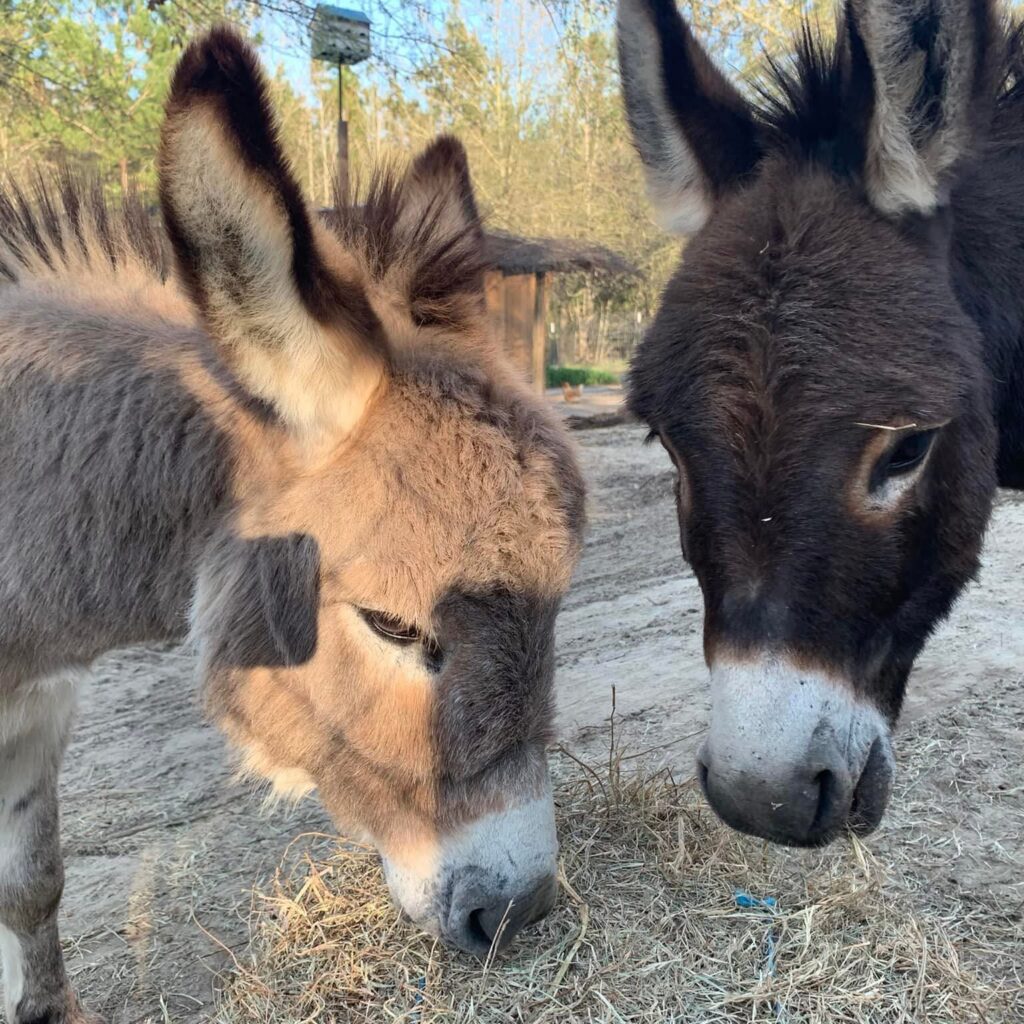
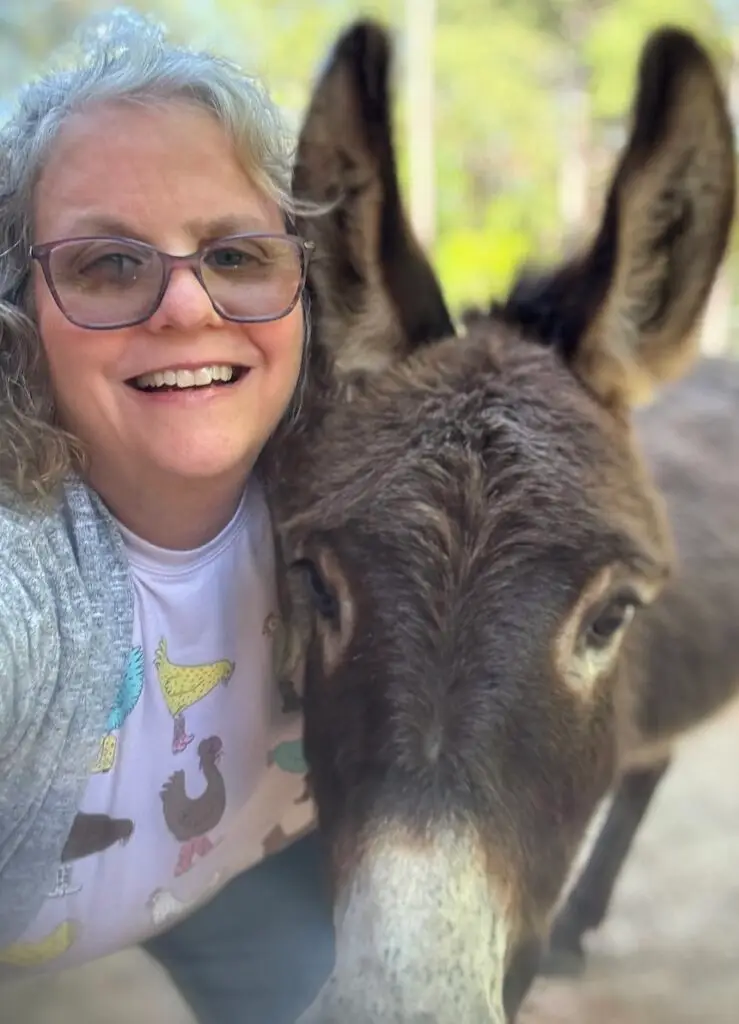
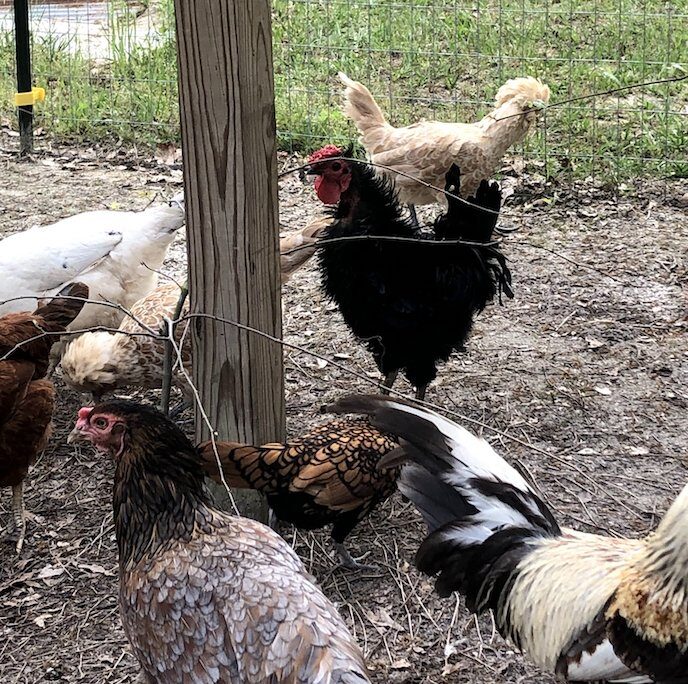
Recent Post
- Companion Planting: A Garden Partnership
- Growing Your Food: Start a Small Garden
- Old Fashioned Homemade Angel Food Cake
- Quick and Easy Breakfast Ideas
- Sweet and Simple: Everyday Smoothie Recipe to Love
- Easy Homemade Fruitcake Cookies

